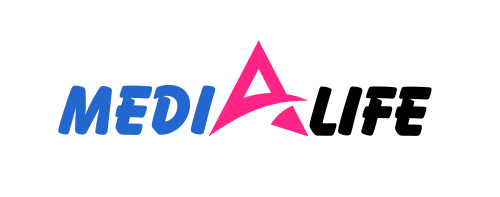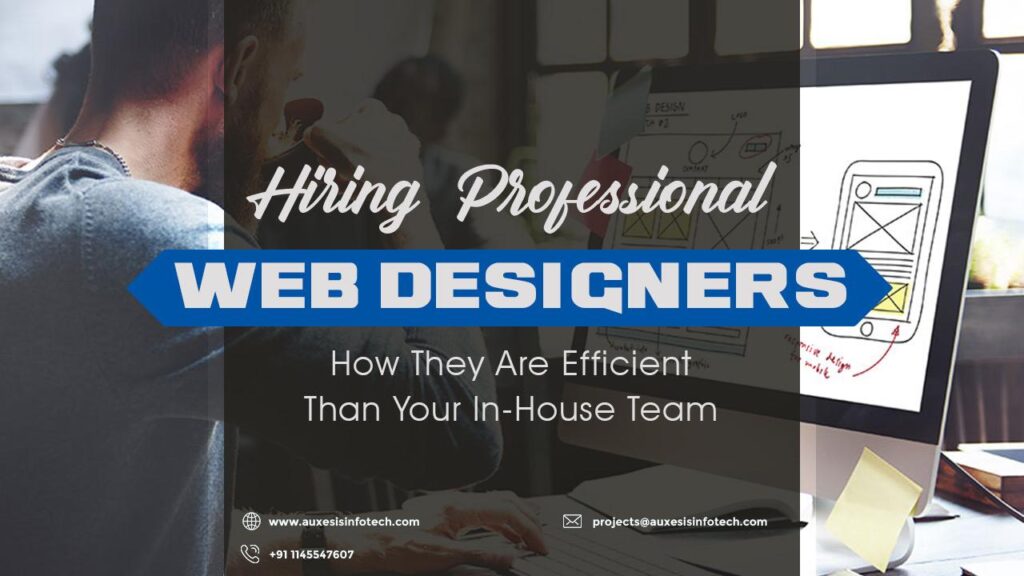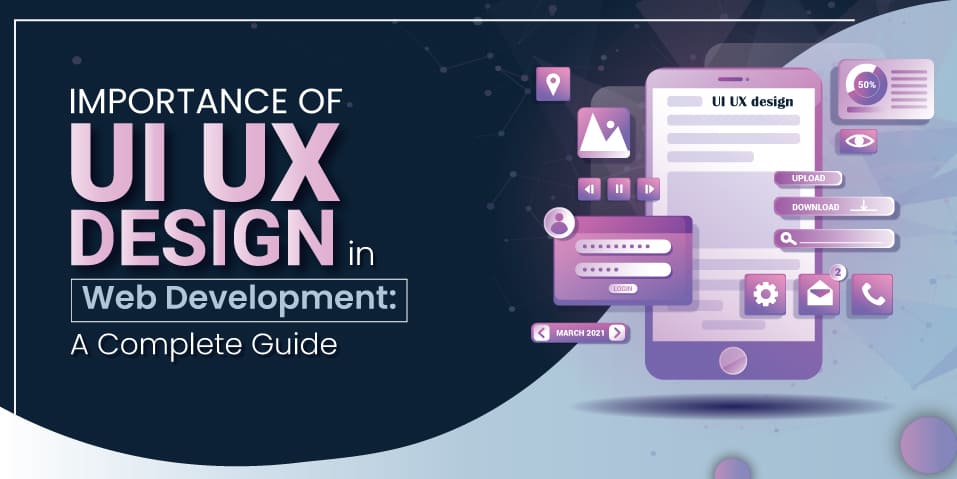How Website Maintenance Services Keep Your Site Running Smoothly
In today’s fast-paced digital world, maintaining a functional, secure, and fast-loading website is critical for businesses and organisations of all sizes. Websites are often the first point of contact for potential customers, so ensuring that they are constantly up-to-date and functioning properly is essential for online success. This is where professional website maintenance services come into play. Website maintenance is an ongoing process that involves monitoring, updating, and optimising your website to ensure that it performs at its best. In this article, we will explore the importance of website maintenance services, practical examples, and actionable tips to help you understand how they contribute to the seamless operation of your website. What Are Website Maintenance Services? Website maintenance services are tasks that ensure your website is running efficiently, securely, and without any technical hiccups. These services typically include regular updates, security patches, bug fixes, content updates, performance optimisations, and backups. Regular maintenance is crucial to keeping your website functional and relevant in the ever-evolving digital landscape. Whether you’re running an e-commerce store, a corporate website, or a personal blog, regular maintenance helps avoid downtime, ensures that users have a seamless experience, and boosts SEO performance. Why Website Maintenance is Crucial for Your Business A poorly maintained website can lead to several negative consequences, including downtime, slow page loading times, security vulnerabilities, and a bad user experience. Let’s break down why website maintenance is crucial and how it can benefit your business. 1. Security Enhancements Cybersecurity threats are constantly evolving, and websites are prime targets for hackers. Without regular security updates, your website becomes vulnerable to attacks like malware, data breaches, or ransomware. Website maintenance services include regular updates to your website’s software, plugins, and themes, ensuring that your site remains protected from potential security threats. Example: WordPress websites, for instance, often rely on various plugins to extend functionality. These plugins need to be updated regularly to patch any security vulnerabilities. If outdated plugins are left unchecked, they can become an easy target for hackers. Actionable Tip: Set up automatic updates for your website’s plugins and themes or schedule regular checks with a website maintenance provider to ensure your site is always up-to-date and secure. 2. Enhanced Website Performance Website performance is critical to user satisfaction and search engine rankings. Slow-loading websites can cause users to abandon your site, leading to increased bounce rates and reduced conversions. Maintenance services help identify and fix performance issues such as large image sizes, broken links, or inefficient code. Regular optimisation tasks can include compressing images, minifying CSS and JavaScript files, caching content, and improving server response time. These actions help ensure that your website loads quickly, keeping visitors engaged and improving your site’s SEO. Example: An e-commerce store that has a slow-loading checkout page may lose customers who get frustrated with the wait. Website maintenance services can address this by optimising the checkout page for faster load times, which can lead to higher conversion rates. Actionable Tip: Use tools like Google PageSpeed Insights or GTMetrix to regularly test your site’s loading speed and identify areas for improvement. A website maintenance provider can help implement these recommendations to enhance performance. 3. Improved SEO Rankings Search engine optimisation (SEO) SEO-Friendly Website Design Services for Growing Businessesis an essential part of driving organic traffic to your website. Regular maintenance services can improve your SEO by ensuring that your website is technically sound, free of errors, and optimised for search engines. This includes fixing broken links, improving site structure, optimising content for relevant keywords, ensuring mobile responsiveness, and removing duplicate content. All of these factors contribute to better search engine rankings, making it easier for users to find your website. Example: A website that is not mobile-friendly or has broken links will suffer in search rankings. Website maintenance services will ensure your site is mobile-responsive and free of errors, improving your chances of ranking higher on Google. Actionable Tip: Conduct regular SEO audits to identify any issues that might be affecting your site’s rankings. A website maintenance service can help you fix technical SEO problems and optimise your content for better visibility. 4. Regular Backups One of the most critical aspects of website maintenance is regular backups. Accidental data loss, server crashes, or malicious attacks can cause significant damage to your website. Regular backups ensure that your website data is safe and can be quickly restored in case of an emergency. Example: If your website gets hacked or if a plugin update breaks your site, having recent backups allows you to quickly restore your site to its previous working state without losing valuable data or content. Actionable Tip: Set up automatic daily or weekly backups of your website and store them securely in the cloud or on an external server. This will ensure that you always have a recent copy of your site in case something goes wrong. 5. Content Updates and Freshness In order to keep your website relevant and engaging, regular content updates are essential. Whether you’re adding new blog posts, updating product information, or refreshing the images on your homepage, keeping your content up to date shows visitors that your business is active and committed to providing value. Content updates also improve your website’s SEO and user experience, ensuring that visitors find fresh and accurate information. Website maintenance services often include content management, ensuring that your site stays current with the latest news, products, and services. Example: A blog that regularly posts new content and updates old articles can attract more visitors and rank higher in search engines. Similarly, an online store that adds new product listings regularly keeps customers engaged and coming back for more. Actionable Tip: Create a content calendar and schedule regular updates to your website’s blog, product pages, or landing pages. A website maintenance provider can help manage this process for you. 6. Fixing Broken Links and 404 Errors Broken links and 404 errors are frustrating for users and can negatively impact your website’s SEO. Regular maintenance includes checking for broken










